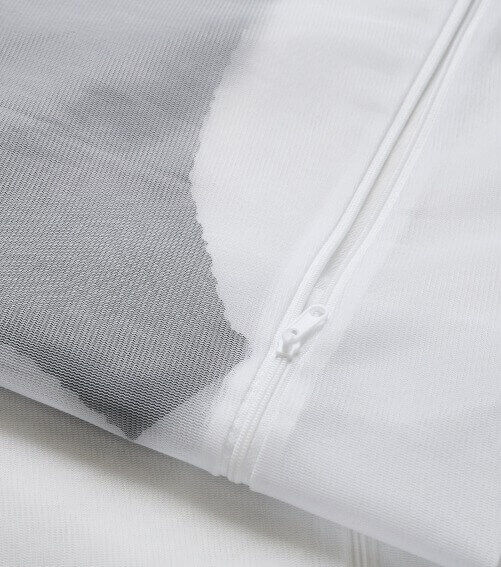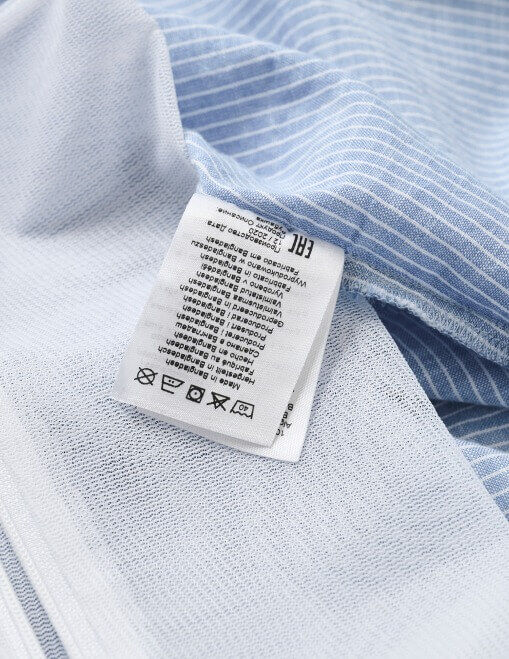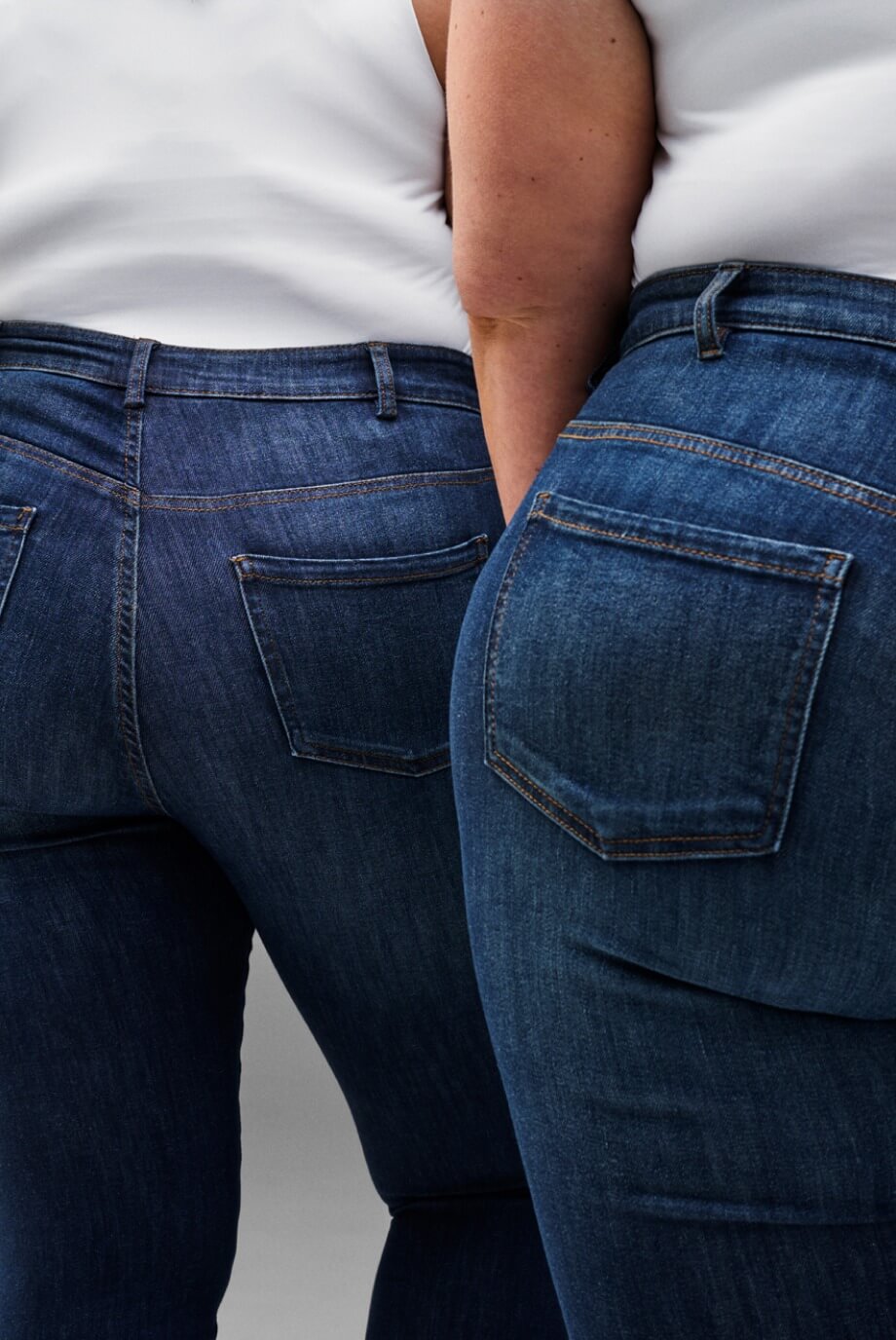
Extend the Life of Your Favourite Clothes
When you invest in quality plus-size clothing, you want it to last as long as possible. Taking proper care of your favourite clothing can help maintain its fit, fabric, and colour, ensuring that you get the most out of your wardrobe. With a few smart washing, drying, and storage techniques, you can extend the life of your clothes while also reducing waste and minimizing environmental impact.
How to Wash Clothes Properly
Washing is one of the main factors affecting how long clothes last. Some garments can handle a machine wash, while others require delicate handwashing. The key is to follow the washing instructions on the label and consider the material, dyes, and embellishments before throwing anything into the machine.
Best Practices for Washing Clothes
Before washing, consider whether the item truly needs a full wash. Overwashing can wear down the fabric, so try spot-cleaning stains or airing out items between wears. If washing is necessary, use these best practices:
- Follow washing symbols carefully to prevent shrinkage or colour fading.
- Sort clothes by colour and fabric type to avoid dye transfer and fabric damage.
- Use a gentle detergent suitable for delicate fabrics.
- Wash at lower temperatures (30-40°C) to reduce fabric wear and save energy.
Removing Stains Before Washing
Stains can set permanently if not treated before washing. To prevent ruining your favourite clothing, follow these simple stain removal steps:
- Rinse the stain immediately with cold water.
- Apply a stain remover or mild detergent and let it sit.
- Wash the clothing at the recommended temperature to ensure the stain is fully removed.
Caring for Different Fabrics
Each fabric requires different handling to maintain its quality. Understanding how to wash and dry specific materials will help extend clothes longevity.
Silk
Silk is delicate and should be washed as little as possible. Steam it to remove odours and wrinkles, and if necessary, hand wash with a silk-friendly detergent.
Wool
Wool should be washed on a wool or hand-wash cycle at a maximum of 30°C. Use wool detergent and avoid excessive washing to maintain its softness and shape.
Viscose
Viscose is prone to shrinking and losing shape. Always wash it on a delicate cycle at a cold temperature, never exceeding 40°C.
Denim
Denim is durable but doesn't need frequent washing. Airing out or steaming jeans can refresh them between washes. When laundering, wash inside out at a lower temperature to prevent fading.
Keeping Colours Vibrant
Bright and rich colours make your favourite clothing stand out, so it's important to prevent fading. Here’s how:
- Wash darks, brights, and whites separately.
- Test new garments for colour fastness before washing them with others.
- Soak striped or multi-coloured clothes in vinegar before the first wash to help lock in colours.
If you take good care of your clothes before, during, and after a wash, there are almost no limits to how long clothes can last
Choosing the Best Washing Method
Not all clothes need a machine wash. Delicate items like bras and lace garments should be washed in a laundry bag to protect them from damage. Handwashing is best for fragile fabrics, while newer washing machines often have specialized settings for different materials.
Selecting the Right Washing Temperature
Washing at lower temperatures helps extend clothes' life while also conserving energy. Many detergents clean effectively at 30°C, but for heavily soiled clothes, use 40°C. Items like bedding and towels should be washed at 60-90°C to kill bacteria and dust mites.
Using Detergents and Fabric Softeners Wisely
Using the right amount of detergent prevents residue buildup. Liquid detergent works well for dark clothing, while powder detergent often contains bleach, making it better for whites. Fabric softeners can help reduce static and add fragrance but may reduce the effectiveness of moisture-wicking sportswear.
Alternative Cleaning Methods
If you prefer eco-friendly alternatives, consider:
- Soap berries: A natural substitute that cleans with plant-based saponin.
- Laundry balls or eggs: These reusable options contain compressed detergent for a more sustainable clean.
- White vinegar: Can replace fabric softener to maintain fabric softness and reduce limescale buildup.
Drying Clothes Correctly
Proper drying techniques prevent shrinking, stretching, and unnecessary wear.
- Avoid excessive tumble drying, as heat can damage fabrics and reduce elasticity.
- Air drying is the best way to maintain fabric integrity and reduce energy consumption.
- Lay delicate garments flat to dry instead of hanging them, preventing stretching.
Mastering Ironing Techniques
Ironing helps clothes look fresh but can also damage fabrics if not done correctly.
- Iron clothes while they are slightly damp to make the process easier.
- Use the correct temperature setting for each fabric type.
- Turn garments inside out before ironing to prevent heat marks and discolouration.
How Long Do Clothes Last?
By following these care tips, you can significantly extend the life of your clothes. Well-maintained garments can last for years, allowing you to get the most value from your wardrobe. Investing in quality plus-size clothing and caring for it properly ensures longevity, sustainability, and continued confidence in your style.












